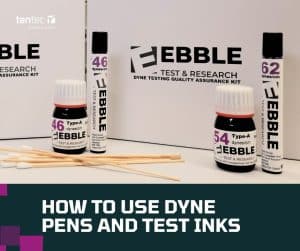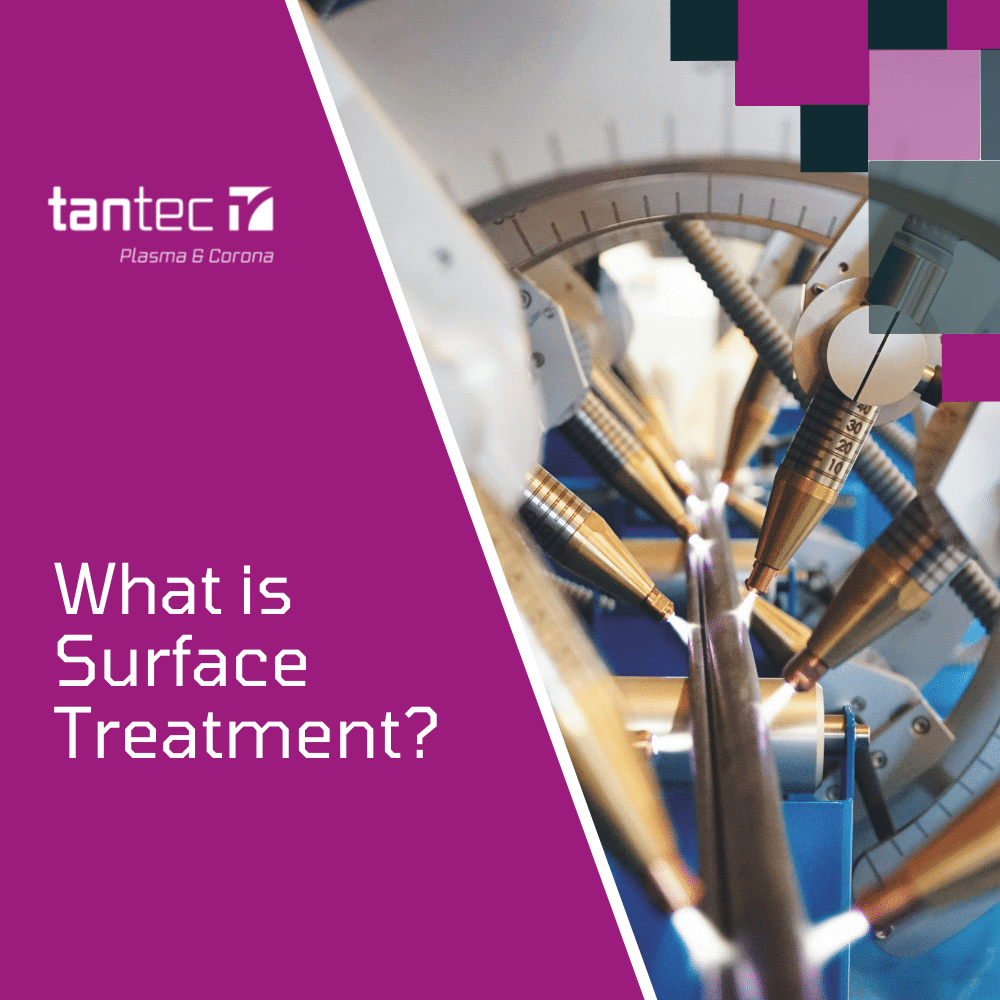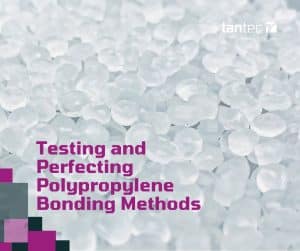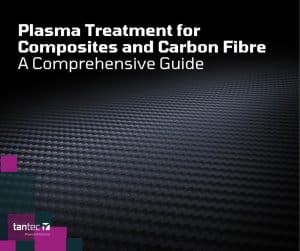
How to use Dyne Pens and Test Inks
Read this to find out the official way to get

Altering the appearance or performance of a material isn’t something new; humanity has been performing treatments of some form to the surface of metallic products for thousands of years since the Neolithic period. Since then, industrialisation around the world has led to the development of highly innovative surface treatments designed to instil characteristics that improve the appearance or performance of a material.
Simply put, a surface treatment is a process applied to the surface of a material to make it better in some way. This could be from a performance perspective, such as improving adhesion and surface wetting characteristics. Alternatively, it could be from a cosmetic perspective, polishing a dull, matte metal into a shiny metallic finish or printing branding onto a plastic surface.
Surface energy is the energy of a material available at it’s surface to interact with the world around it. A low surface energy means the surface prefers to be itself and not react, whereas a high surface energy will pull liquids closer, interacting strongly. A waxed car bonnet is a good example of a low surface energy material, with water beading up and rolling off when it rains. On a higher surface energy material, the material would flow over the surface and stay in the same place. Surface energy generally refers to a solid surface, whereas surface tension generally refers to a liquid surface.
Both are measured in millinewtons per metre (mN/m), dynes/cm or mJ/m2 – all the same value, but just expressed differently. This often directly affects how well a liquid wets the solid substrate’s surface. In order to demonstrate this, testing can be performed via contact angle measurements. This is the angle between the tangent line at the point of contact and the horizontal line of the solid surface. If a complete wetting has taken place, a liquid droplet deployed onto a smooth, solid and horizontal surface will spread out over the substrate. As a result, the contact angle will approach zero.
However, if only a partial wetting has taken place, the resulting contact angle will reach equilibrium in the range of zero to around 130 degrees. So to summarise, if you have a solid substrate with a higher surface energy than the surface tension of the liquid, the liquid will have better wettability and a smaller contact angle.
In order to achieve a proper bond between the liquid and substrate surface, the solid surface energy generally ought to exceed the liquid’s surface tension by at least 10 mN/m.
The surface energy of many plastics, such as polyethylene and polypropylene, is actually insufficient for bonding or printing. However, as cost-effective materials with incredibly useful properties such as chemical inertness, a low coefficient of friction, high wear and puncture and tear resistance, they’re extremely popular with manufacturers for a huge range of products. So, how can we still use these materials and achieve high-quality bonding or printing?
The poor wettability of these materials had posed a problem to designers for a long time. Thankfully, surface treatments are the answer. They’re able to raise a material’s surface energy, creating the right conditions and characteristics that will make it more receptive to printing and bonding. This is known as improving the wettability of the material.
Examples of surface treating plastics for printing or bonding operations include:
The shelf life of pre-treated materials is dependent on a number of factors, including the type of plastic, it’s formulation and how it was treated. It even depends on whether it was exposed to elevated temperatures following treatment. As a result, shelf life can range from just a couple of hours to even a few years!
Another fact that ought to be considered is material purity. The negative impact of low-molecular weight components such as antiblock agents, mould release and antistatics limits shelf life. This is because these components migrate to the surface of the clean polymers. That is why it is highly recommended that printing or bonding operations involving the material are completed soon after treatment. When the treated surface has been interfaced with a coating, ink, adhesive or another material, the bond becomes permanent.
Since 1974, Tantec has been one of the leading providers of corona and plasma surface treatment systems across the United Kingdom and worldwide. We’re proud to have developed a reputation as a trusted provider of high-quality systems for major OEM’s, tier one and tier two manufacturers across multiple industries. If you’re looking for world-class surface treatment systems, contact us today for more information on how we can help you.

Read this to find out the official way to get

Polypropylene (PP) bonding is traditionally a difficult task due to

Composites are becoming increasingly important in manufacturing, whether these are
40A Crossgate Road
Park Farm Industrial Estate
Redditch
B98 7SN
Tel: 01527 304 004
Email: info@tantec-uk.com
